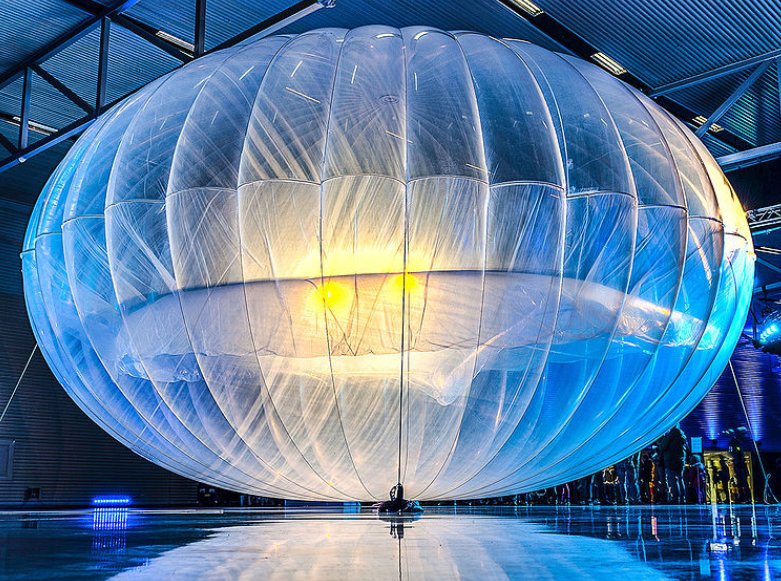
Thousands of Peruvians have been able to access the internet due to Project Loon from Google parent company, Alphabet.
Project Loon involves using large balloons with equipment attached allowing anyone in the large areas to connect to the internet.
In January large areas of Peru were hit with severe flooding and so Alphabet gave people access to the technology in three of cities that were badly hit by the floods.
Project Loon say: “Many of us think of the internet as a global community. But two-thirds of the world’s population does not yet have internet access. Project Loon is a network of balloons travelling on the edge of space, designed to connect people in rural and remote areas, help fill coverage gaps, and bring people back online after disasters.”
The group behind Project Loon is X who self identify as a moonshot company, who look at the intersection between a radical solution, breakthrough technology, and large problem in order to develop innovative new ideas.
In Peru the team saw the damage done by El Nino and have used several balloons to provide 10mbps and LTE connections to Lima, Chimbote, and Piura. In the last three months over 160GB of data has been received by the balloons, equivalent to 30 million messages or 2 million emails.
The Balloons are controlled via AI which can adjust to weather conditions and raise or lower their height in order to remain in the optimal position in the stratosphere. when one balloon floats past another takes its place, ensuring that there is always a balloon in place to receive the singal.
Project Loon also send signals to terminals installed on the ground ensuring that the signal is properly disseminated across these areas, and the signal was provided by Telefonica.
The tennis court sized balloons used in Project Loon have been developed to be as durable as possible in order to survive the extreme conditions of the stratosphere. At these altitudes winds can reach over 100 kmph and the thin atmosphere provides little protection from UV radiation. The stratosphere is also subject to wildly changing temperatures which can reach as low as -90°C.
Each balloon is capable of staying airborne for 100 days before making a safe descent.
This marks another instance of the big tech companies competing for airborne internet. A previous example is Facebook’s UK based Project Aquila which uses solar powered drones to boost connectivity in patch areas.






